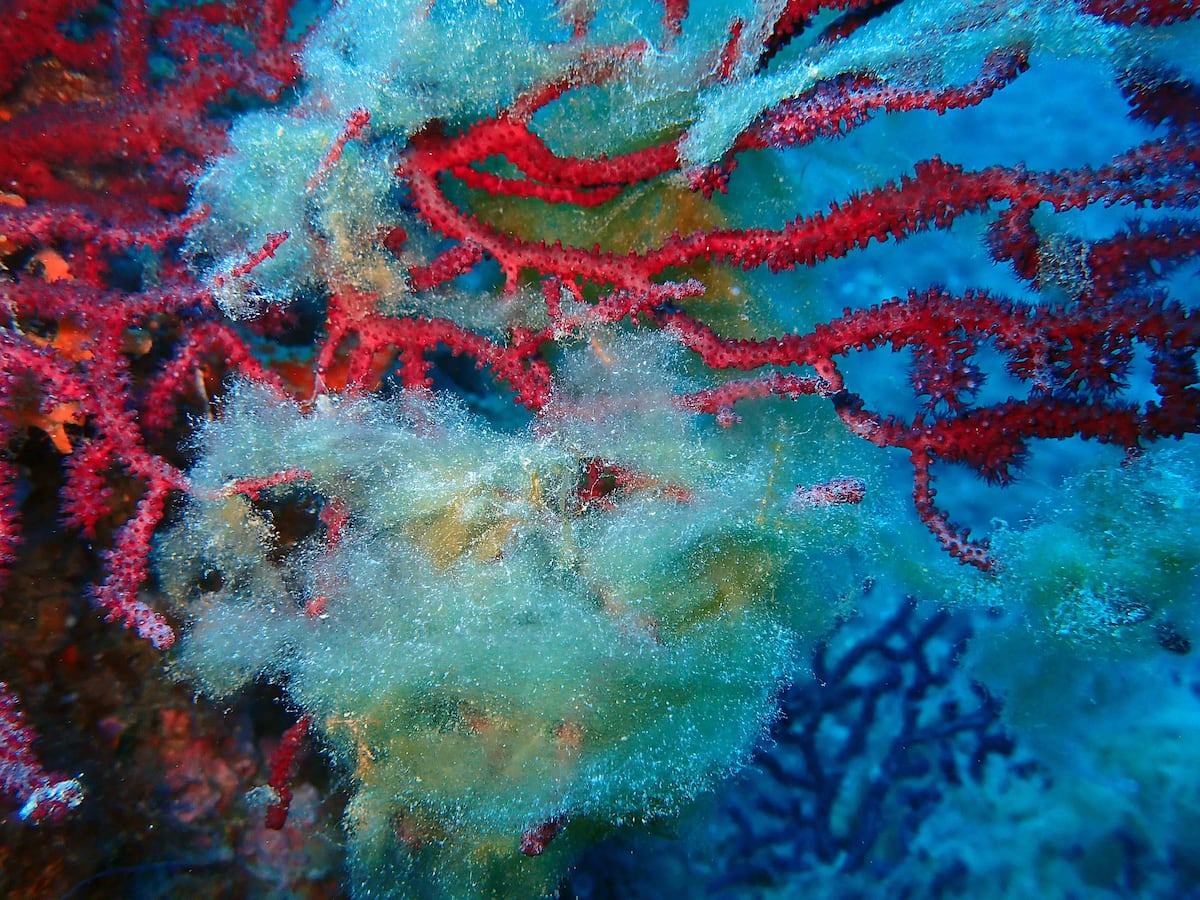The Catalan Water Agency (ACA) has detected for the first time in Catalonia and on the Spanish coasts a new invasive algae that is difficult to eradicate in Punta Falconera, in the Cap de Creus nature reserve, in Roses (Girona) and also in Es Gat , in Cap Norfeu, which belongs to the Cap de Creus marine reserve.
It is
Chrysonephos lewisii
, a Pelagophyceae, which is a very rare class of algae native to the Western Atlantic and Northern Caribbean.
In Europe it had only been detected in Italy and on the island of Corsica.
Surveillance work on the arrival of invasive species to the seabed off the Catalan coast, carried out by experts from the Catalan Water Agency in collaboration with the Center for Advanced Studies of Blanes (CEAB -CSIC), have made it possible to find this invasive
Specifically, it was detected during an underwater survey carried out in the first week of September.
It was found between 3 and 30 meters deep, although it was abundant at 20 meters and covered 50% of the seabed surveyed in the Marine Reserve.
The CEAB-CSIC researcher responsible for the control team of invasive species on the Catalan coast within the ACA-CEAB-CSIC collaboration project, Enric Ballesteros, affirms that "it is an opportunistic species, with rapid growth, which will foreseeably reduce its coverage in the next few weeks, with the arrival of autumn”.
Experts believe that this year's proliferation may have been favored by the high and unusual temperatures this summer, as they were in 2017, when the Biology Immersion Club detected other algae of this family in Palamós (Girona).
According to Ballesteros, however, "it cannot be guaranteed that this species is here to stay, although it is an extremely difficult algae to eradicate."
Thus, he warns that "any action in this direction would only increase its dispersion since the filaments are extraordinarily fragile".
This algae, which can only be identified under the microscope, forms very thin filaments - like a golden cottony spider web - that live hooked on other algae.
These break and are carried by the currents, accumulating in highly structurally important organisms such as the red gorgonian (
Paramuricea clavata
).
The Gorgonia is a typical cnidarian of coralligenous underwater landscapes, very important for ecosystems, the equivalent of trees in terrestrial ecosystems.
A serious problem, experts say, would be the bleaching process
,
which occurs when these filamentous algae make a massive cover of benthic life (that which lives on the seabed), such as hard and soft corals (especially gorgonians, sponges, tunicates).
"By covering them, both the coral polyps and the gorgonians, it prevents them from having access to food, nutrients, and oxygenation, so if the situation continues they can die of starvation," says Conchita Rodríguez, a researcher at the department of Environmental Sciences of the University of Girona.
The coral first loses its reddish color, whitens and can eventually die.
The ACA has been carrying out actions for years as a result of the entry of invasive species on the seabed of Catalonia, and in continental waters, especially favored by maritime transport.
Measures have been taken such as monitoring and control programs with the support of specialists to identify introduced benthic species, and periodically evaluate the rate of biopollution by invasive species in coastal water masses.
This year it has awarded a new contract to the CEAB-CSIC for three years with which, among other things, invasive species will be located and identified in at least 74 areas of the Catalan coast.
Surveillance programs monitor the colonization and evolution of invasive species at specific points along the coast.
Some of the relatively recent ones are the
Caulerpa cylindracea
or
Womersleyella setacea
.
You can follow EL PAÍS Catalunya on
and
, or sign up here to receive
our weekly newsletter

